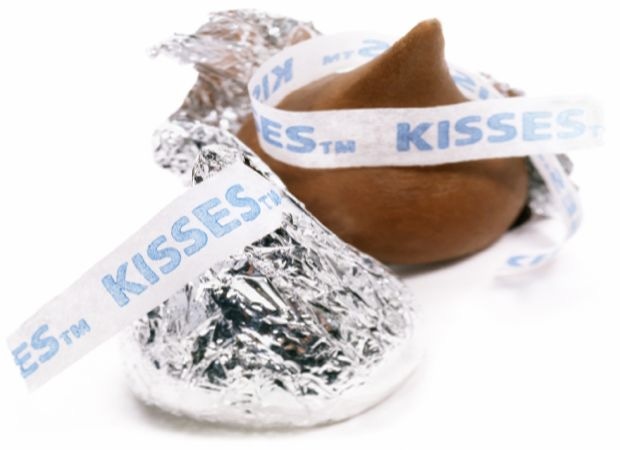The Hershey Co. announced its continuing commitment to responsibly sourcing the ingredients it uses in its product portfolio. The confectionery giant will introduce in the United States new snacking products, such as Brookside Dark Chocolate Fruit & Nut Bars, which will feature a lineup of simple ingredients, and transition some of its most popular chocolate brands, including Hershey’s Kisses Milk Chocolates and Hershey’s Milk Chocolate Bars to simpler ingredients.
February 24, 2015

Whether called natural, “clean label" or “free-from," the move toward simple and easy-to-understand ingredients continues to gain steam in nearly every sector of the food and beverage industry including confectionery. Rather than the relatively intangible claim of being “good for the environment," the new priority is transparency, which is creating a new flock of consumers who want to know more about ingredients, products and the companies that make and sell them.
“Simply and effectively communicating benefits is essential for consumers and a big trend this year," said Lynn Dornblaser, director of innovation and insight at Mintel, adding that while “local" is a great buzzword, provenance lets consumers know where products originated. Additionally, “clean", “simple" and “real" are all being used on labels to introduce natural, no additives or preservatives. “Brands should look to educate consumers in 2015 and help them understand why certain ingredients are in products and the purpose they serve."
Many companies have pledged more transparency by elimination artificial ingredients, preservatives and additives. Just the other day The Hershey Co. announced its continuing commitment to responsibly sourcing the ingredients it uses in its product portfolio.
The confectionery giant said it will introduce in the United States new snacking products, such as Brookside Dark Chocolate Fruit & Nut Bars, which will feature a lineup of simple ingredients, and transition some of its most popular chocolate brands, including Hershey’s Kisses Milk Chocolates and Hershey’s Milk Chocolate Bars to simpler ingredients.
“We will strive for simplicity with all of our ingredients, but we may not achieve it with every product. This is a journey and it will take time. We are equally committed to sharing what we achieve and what we don’t. For ingredients that may not be as simple, we will explain what they are and why we need them to provide the great flavors, aromas, textures and appearances that our consumers know and love," said John P. Bilbrey, president and CEO, The Hershey Co.
Hershey is focusing on three key principles:
Simple Ingredients. The company is committed to making products using ingredients that are simple and easy-to-understand, like fresh milk from local farms, roasted California almonds, cocoa beans and sugar.
Sharing What’s Inside. The company will share information about all ingredients that go into its products, from the ingredients to sourcing, manufacturing and labeling. It will make the information easy to find—whether on packaging, on its website or through new technologies.
Thoughtful and Responsible Sourcing of Ingredients. Hershey’s will continue to work with our suppliers to responsibly source sustainable ingredients, building on its progress against commitments to source 100-percent certified and sustainable cocoa and certified sustainable and traceable palm oil.
Last year, Hershey’s announced its intent make the switch from high-fructose corn syrup (HFCS) to sugar. Will Papa, chief research and development officer, The Hershey Co., said the confectionery giant is “moving more toward sugar," although no timeline for the change was announced. Not surprisingly, the change is prompted by consumers’ preference for sugar over HFCS. Despite lack of evidence to support the negative health claims surrounding HFCS, consumers perceive sugar as more “natural." And “natural" is perceived has more healthful.
Don’t expect the trend toward transparency to go away any time soon. According to Mintel, 22 percent of U.S. grocery consumers would like to see improved labeling on packaging to help them easily identify healthier food products, and less than 38 percent trust what companies say on labels. Currently, 80 percent of U.S. consumers look for nutritional claims (i.e., vitamins, fiber) when buying food, while 38 percent look for products that are all natural. Food origin is also quickly becoming a purchase factor with 35 percent of consumers seeking out products that carry a local claim.
Check out the Clean-Label Content Library on Food Product Design for more information about clean-label ingredients and how product developers are using them in various food and beverage applications.
You May Also Like




.png?width=800&auto=webp&quality=80&disable=upscale)